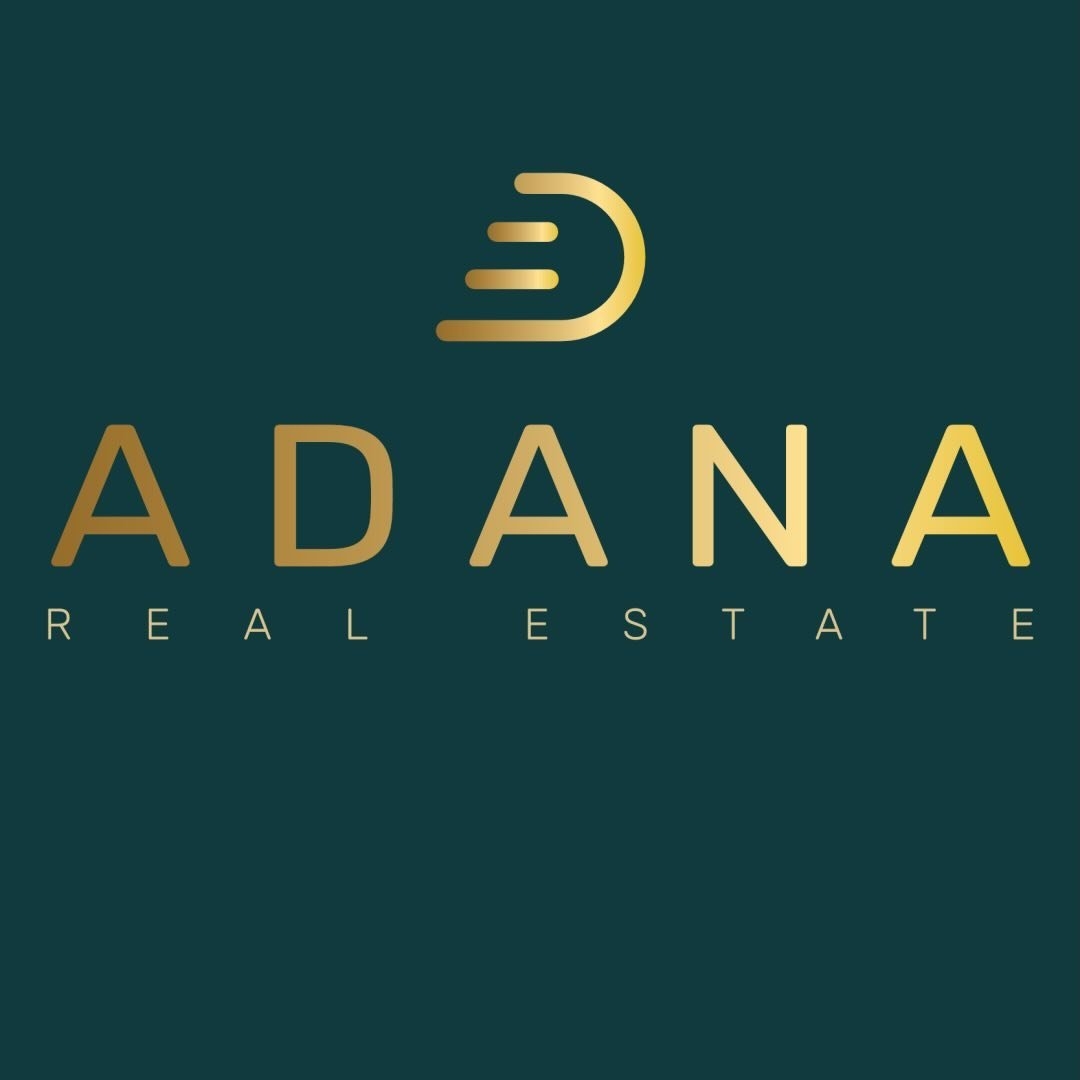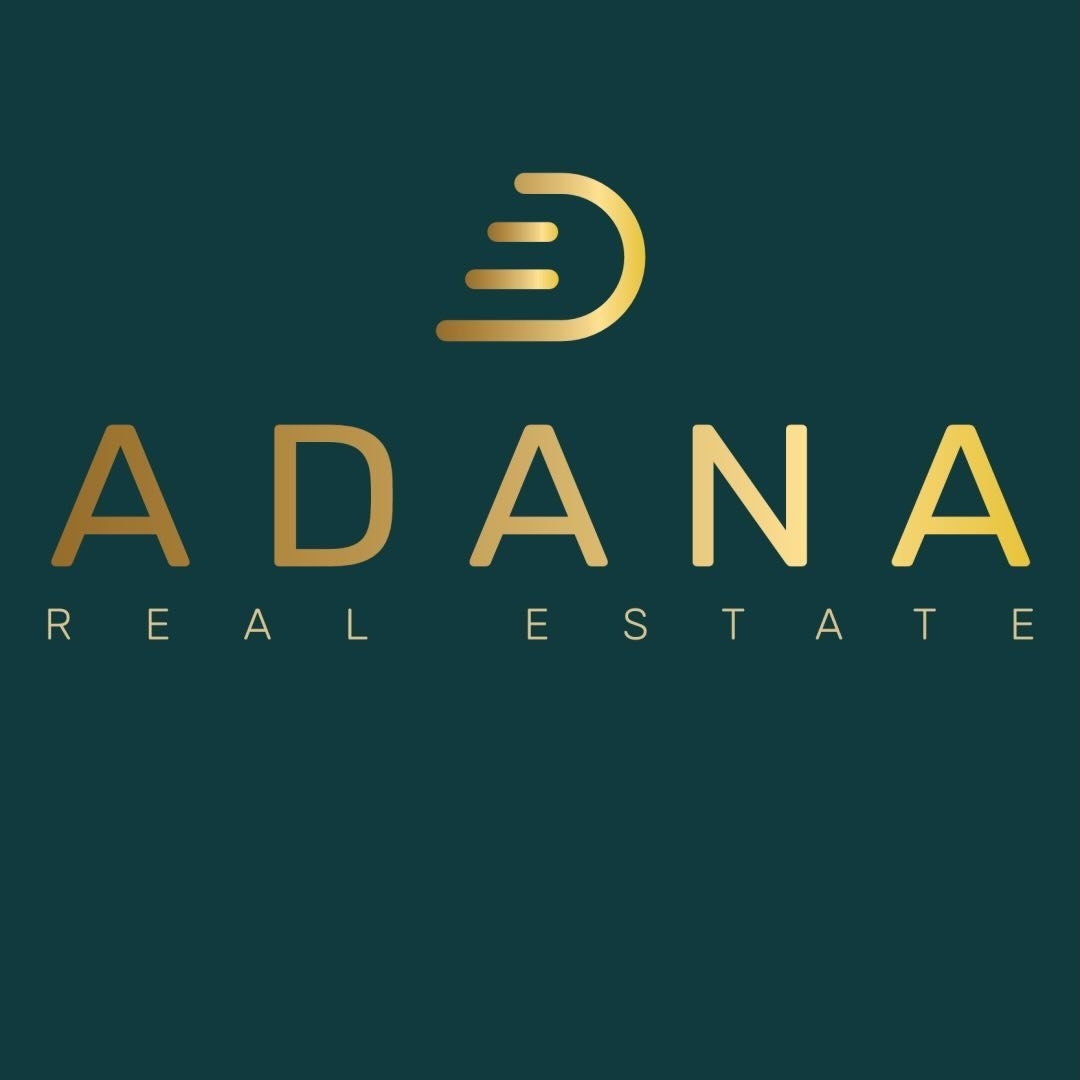Sustainability and Green Buildings Trends in Dubai Estate
- Published on : 11 Jul 2024
- Article

The UAE real estate market is witnessing a tremendous shift toward sustainability. The presence of eco-friendly buildings, energy-saving mechanisms, the use of sustainable materials, innovative waste management, and the utilization of solar energy have attracted the attention of investors around the globe to Dubai.
In this article, let’s explore Dubai's contributions to the field of sustainability. The Environmental, Economical, and Health Benefits of Eco-Friendly Practices What is Dubai's Vision for a Sustainable Future? Current Trends in Dubai’s Green Real Estate Market
Let’s delve into the topic!
What is sustainable real estate development?
Sustainable real estate development means building and managing properties in a way that is good for the environment. It involves using eco-friendly materials, saving energy, reducing waste, and ensuring the buildings have a minimal impact on the planet. The goal is to create buildings that are safe, healthy, and efficient for people to live and work in, while also protecting natural resources for future generations.
What is Dubai doing for sustainability?: Bold Step Towards Greener Tomorrow
Dubai is having inspirational stories to tell about sustainablity.As per times now news Dubai is making big strides towards sustainability. With the UAE aiming for net zero carbon emissions by 2050 and Dubai planning to cut emissions by 2030, it shows a strong commitment to protecting the environment.
If you are looking for ample evidence for green projects in UAE, you wil amazed by the presence of earth friendly endeavours that stand tall with high head. Interestingly, The inspiring impact doesn't stop there. According to the Green Building Council, the UAE ranks among the top 10 countries globally for LEED certifications. Additionally, Dubai is the third highest city worldwide in terms of buildings certified for their environmental sustainability.
For Instance, Have look at the Sustainable city, Located on Al Qudra Road across 46 hectares, this city is a vast mixed-use community embracing numerous sustainable practices. Key innovations include 11 bio-dome greenhouses, spanning over 3,000 square meters for urban farming. From zero-mile food production through vertical farming to using recycled greywater for irrigation and central garden maintenance, and employing extensive solar panels for energy solutions—including buildings with net-zero energy consumption—this city embodies Dubai's commitment to sustainability.
There are many inspirational eco- friendly stories coming a long way from Dubai.
It is evident that, UAE is spending multi million dollars for environmentally responsible developments. What could be the benefits? How the residents of Dubai are drawing the benefits in the long run?. Let’s explore
Environmental benefits:
Reduced Carbon Footprint: Environmentally responsible buildings minimize their impact on climate change by using energy-efficient systems and materials that emit fewer greenhouse gases. This helps lower the overall carbon footprint of the building.
Energy Efficiency: These buildings are designed to use less energy for heating, cooling, and lighting. This not only reduces utility costs but also conserves natural resources and decreases dependence on fossil fuels.
Water Conservation: They incorporate water-saving fixtures and systems that reduce water consumption. This helps preserve freshwater resources and ensures sustainable water management within the building and surrounding environment.
Improved Indoor Air Quality: Environmentally responsible buildings prioritize ventilation systems and low-emission materials, enhancing indoor air quality. This promotes healthier indoor environments for occupants by minimizing pollutants and allergens.
Waste Reduction: Through efficient design and construction practices, these buildings generate less construction waste and promote recycling and reuse of materials. This minimizes landfill waste and supports a circular economy approach.
Natural Resource Preservation: By using sustainable materials and methods, these buildings help preserve natural resources such as timber, minerals, and water. This contributes to ecosystem conservation and biodiversity protection.
Climate Resilience: They are often built to withstand extreme weather events and climate impacts, enhancing resilience and reducing vulnerability to natural disasters. This ensures the longevity and stability of the building in changing environmental conditions.
Community Benefits: Environmentally responsible buildings can contribute to community well-being by creating green spaces, improving aesthetics, and fostering a sense of environmental stewardship among residents and visitors.
Cost Savings: Over time, these buildings tend to have lower operating costs due to reduced energy and water consumption, as well as lower maintenance costs associated with durable materials. This makes them economically viable and sustainable in the long run.
Economic benefits:
Lower Operating Costs: These buildings typically have lower utility bills due to energy-efficient systems and water-saving features. This reduces monthly expenses for owners and tenants alike.
Increased Property Value: Environmentally responsible buildings often command higher resale and rental values. The market values sustainability, making these properties attractive to investors and buyers seeking long-term savings and environmental benefits.
Government Incentives: Many governments offer tax incentives, grants, or rebates for constructing or retrofitting environmentally responsible buildings. This financial support helps offset initial costs and encourages sustainable building practices.
Reduced Maintenance Costs: Sustainable materials and construction methods often result in less wear and tear, requiring fewer repairs and replacements over time. This lowers maintenance expenses and extends the lifespan of building components.
Job Creation: The shift towards sustainable building practices creates demand for skilled workers in green construction, renewable energy, and energy efficiency sectors. This stimulates job growth and supports local economies.
Risk Mitigation: Environmentally responsible buildings are more resilient to regulatory changes, energy price fluctuations, and environmental risks such as water scarcity and extreme weather events. This reduces financial risks for building owners and investors.
Brand Reputation: Businesses and organizations occupying environmentally responsible buildings enhance their reputation as socially responsible entities. This can attract environmentally conscious customers, employees, and partners, positively impacting profitability and brand loyalty.
Adaptability and Flexibility: Sustainable buildings are designed with flexibility in mind, allowing for easier adaptation to future technological advancements and regulatory requirements. This adaptability reduces costs associated with future upgrades or retrofits.
Health benefits:
Use low-emission materials, reducing pollutants like volatile organic compounds (VOCs) and allergens. This promotes cleaner, healthier indoor air for occupants.
Natural Lighting: Design elements such as large windows and skylights maximize natural light penetration into the building. Natural light is known to enhance mood, productivity, and overall well-being among occupants.
Better Living Conditions: Environmentally responsible buildings are designed with occupant comfort in mind, balancing factors like temperature control, noise reduction, and ergonomic considerations. This fosters a more comfortable and supportive living environment.
Dubai's Commitment to Sustainability:
Paris Agreement and SDGs: UAE was an early adopter of the Paris Agreement and commits to reducing greenhouse gas emissions. It also supports the UN's SDGs, focusing on clean energy, sustainable agriculture, and environmental protection.
Post-COVID Recovery: Initiatives like the Global Green Growth Institute emphasize sustainable economic growth post-pandemic, promoting green investments and creating green jobs.
Vision 2021 and 2040: Vision 2021 addresses challenges like education and healthcare while Vision 2040 maps Dubai's future with larger green spaces, nature reserves, and eco-friendly transport corridors.
Green Agenda 2015-2030: Approved in 2015, this agenda drives a green economy through clean energy, environmental practices, and incentives for green industries and jobs.
Green Growth Strategy: Launched in 2012, this strategy supports renewable energy research and development, aiming to make the UAE a global hub for green technologies and products.
Dubai Green Fund: Established to finance green projects, this fund attracts private investments for clean energy and energy-efficient initiatives across Dubai.
As per reports demand for commercial spaces certified under LEED (Leadership in Energy and Environmental Design) standards has been rising in the city, as noted in a recent report by CBRE Group Inc. This trend largely reflects a preference for higher quality spaces. In Dubai, offices with LEED certification command rental rates approximately 34% higher than those without certification, according to the report. Currently, about 24% of the total leasable area monitored by CBRE in the city meets LEED standards, totaling 12.2 million square feet. As of the third quarter, the average occupancy rate for these certified assets was .
So, if you are looking for a sustainable living space in Dubai, give us a call. We are ready to help you


 Country
Country Language
Language


